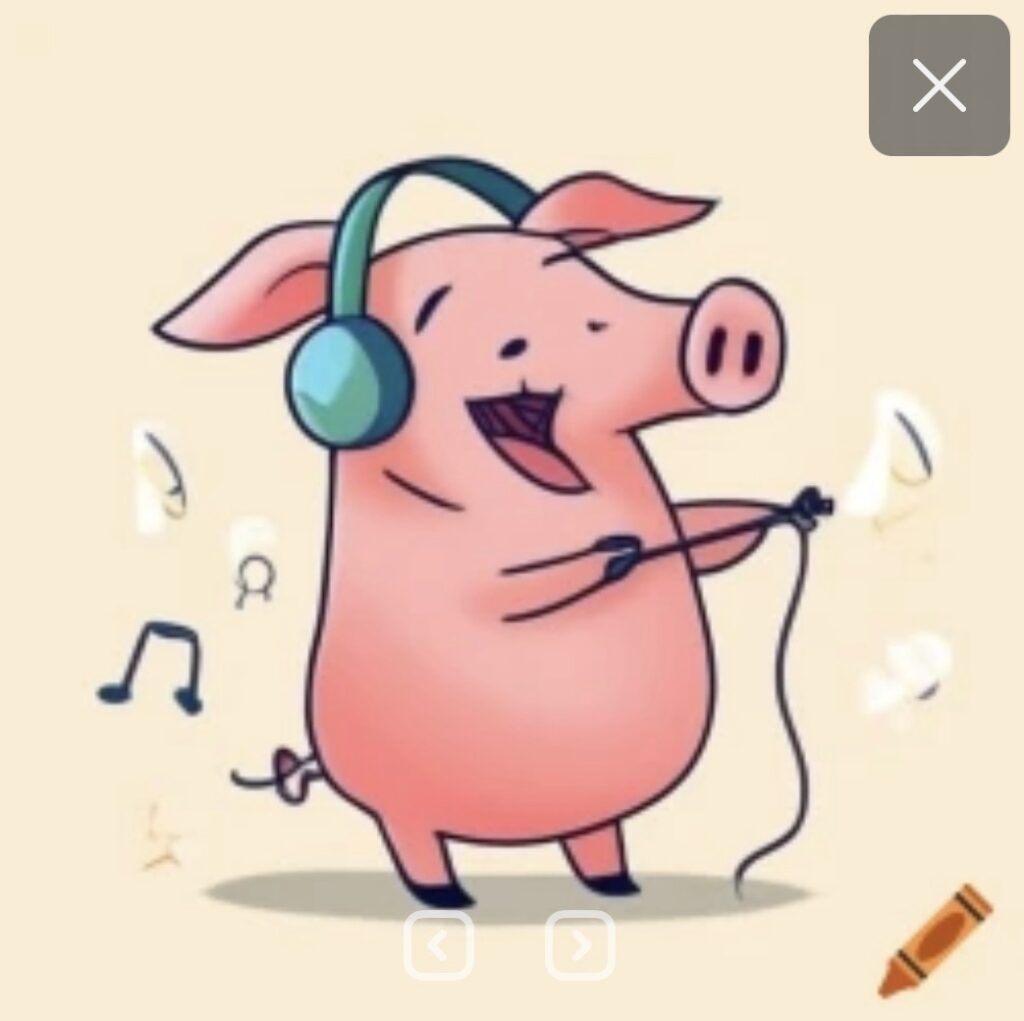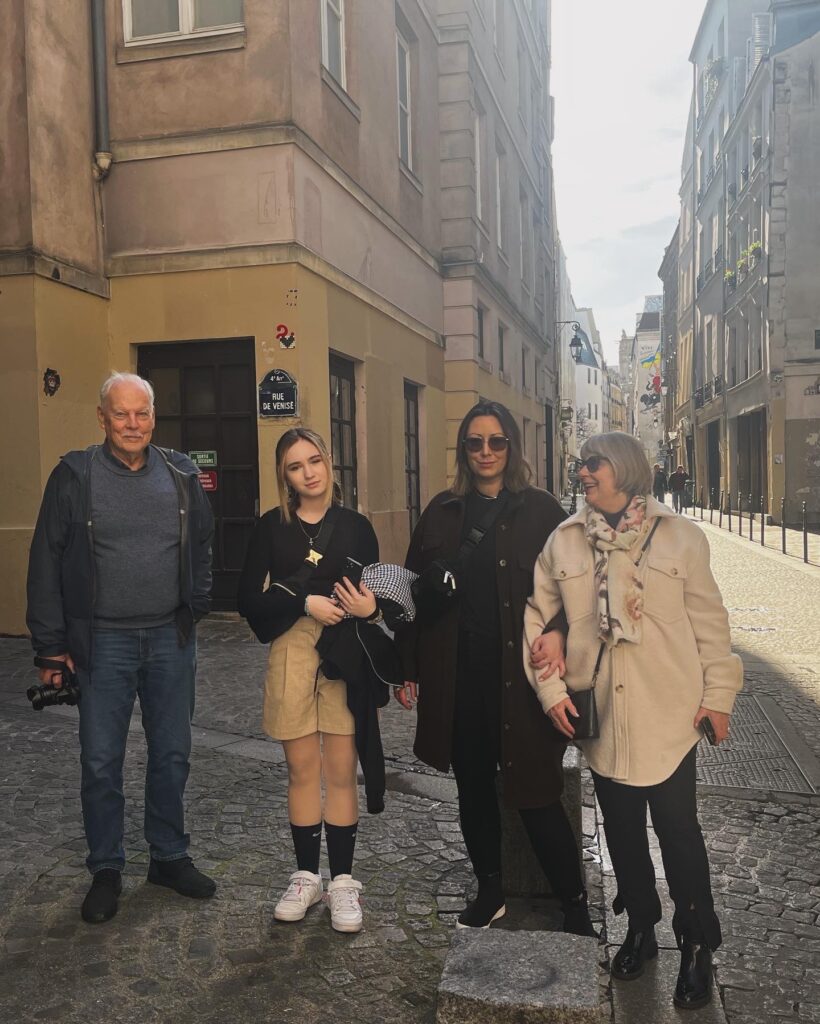By: Mya Keay
Reflection
What was the experience like capturing video away from the screencast? What did you find challenging and what was easier for you? What would you do differently next time?
- The experience of capturing a video not just away from screencast but also of myself was different than anything I’ve done before. I’ve made the odd TikTok video however the formatting is very different. I found that when filming I didn’t know where to start. Even with my storyboard, I found that I wanted to jump into it though it was unclear how to format it so that it could be clear and cohesive. The hardest part for me was definitely being in front of the camera and figuring out how to position myself and how I was going to film it. If I were to do this again, I think I would go about it slightly differently by having a mount to position my phone and to allow myself to enjoy the process of it more instead of feeling stressed that it all needed to be perfect.
Creating a script and story board
- I found creating the script relatively easy. In my free time, I often write short stories or screenplays, so that part came easily to me. However when it comes to creating a story board that part I struggled with. Not because of the task itself but because I cannot draw, at all. so I went for a descriptive version. Writing down what will be said verbally, followed by what will be seen visually at the corresponding time
Recording and Editing
- Editing the video was definitely something I had a lot of fun with. However, adding subtitles was something that was new to me. When I first uploaded the video I was hopeful that I could be able to use auto generated subtitles that I would be able to go through and edit as needed. That was not the case. I ended up having to write and time the subtitles completely from scratch. It was by far the most time consuming, apart form the filming itself. However, having the script already written helped drastically as I was able to type everything out based on the scrip, only having to make minor changes. As for the recoding, recording as a whole was pretty straight forward, recording the voice over though was a different story. I found I was having to start and stop the same section of speech over and over again. Sometimes it was over something as small as I didn’t like the way I articulated a word in the middle of a sentence. I then would have to start over again. Luckily though, after the first few recordings, I got more comfortable with it and was able to find a tone I liked and tried to carry throughout the video. I kept in mind the Mayer’s Personalization Principle when speaking, trying to keep my tone as conversational as I could. It was also important that I included subtitles that could be turned on if desired as I myself am hard of hearing and always need subtitles to help me understand videos I watch, additionally that included adding a full transcript so people can follow along or skip ahead if they prefer.
Using Twine
Using twine, in the beginning, was quite challenging for me. As there were no demonstrations on the site of how to get started, I was left uncertain of where to begin. The site was unlike anything I’ve every used before. I ended up going back to the lesson and watching multiple videos on how to use and navigate the site. After doing so, I felt vastly more comfortable in what i was doing. Even allowing myself to attempt to create something a little more complex (in my eyes at least). Personally, I have never been very into zodiac signs or horoscopes but I wanted to take this opportunity and learn about something I hadn’t before. Creating my TWINE story on the zodiac signs allowed me to not only learn something new about astrology but also gave me the space to deeper my understanding of the TWINE site as I was having to make many connections and choices. I will definitely be using the site again and exploring it deeper.

Link to find out your zodiac Sign. Created on TWINE
https://twinery.org/2/#/stories/8d71937f-a2b0-4ced-a879-73242ef094a3/play





Recent Comments